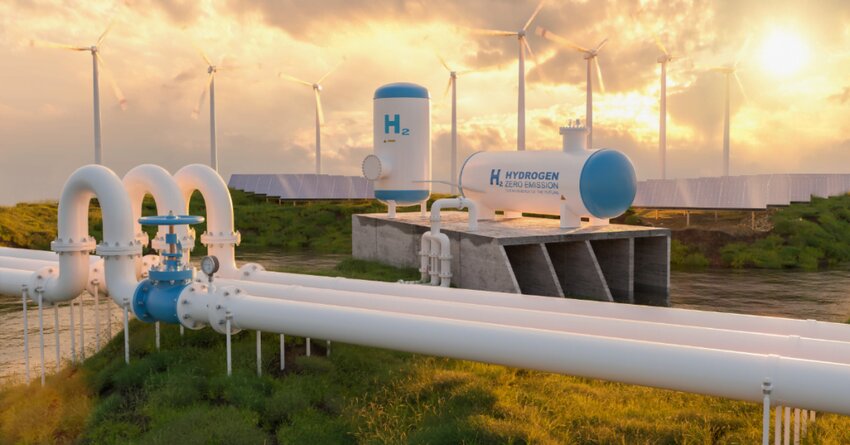
Hy Stor Energy is one company taking advantage of the new green hydrogen boost, with plans to build a hydrogen hub in Mississippi, dubbed the Mississippi Clean Hydrogen Hub (MCHH).
The hub is touted as a means to improve energy security in the United States and abroad. Europe, in particular, is facing an energy crisis and rising energy costs, brought on by volatility in the fossil fuel markets and worsened by the conflict in Ukraine. The MCHH is located in a good location to provide energy to large industrial and transportation customers across the Gulf Coast, according to Rocky Mountain Institute, which published a case study about the MCHH and the impact of storing green hydrogen on energy security.
Hy Stor Energy submitted its application for the hydrogen hub to the Department of Energy earlier this year, asking for a strategic federal investment of $1 billion. The DOE has plans to distribute more than $9.5 billion in federal funding to support clean hydrogen market formation across the United States, according to RMI.
Beyond energy security in the U.S. and even potentially exporting green hydrogen to Europe, the MCHH, the hub has the potential to provide energy across industries in the U.S.
“Across the Gulf Coast and the Southeast, the hub could potentially offer backup fuel and feedstock to 52% of U.S. refining, 44% of U.S. shipping, 19% of U.S. steelmaking, and 17% of U.S. heavy-duty trucking capacity,” the report said. “With access to the Midwest and the Mid-Atlantic, the hub could provide energy to an additional 22% of refining, 21% of shipping, 74% of steelmaking and 44% of trucking.”
In addition, the hub can store green hydrogen that could provide future energy security and attract new manufacturing to the area.
“Overall, the MCHH could ultimately produce millions of tons of green hydrogen per year and utilize its long-term storage facilities to flexibly deploy up to tens of thousands of tons at a time to priority demand centers,” the report said.
Green hydrogen production will also boost energy security in fertilizer manufacturing through green ammonia, which is a derivative of green hydrogen and a key component in nitrogenous fertilizers. Fertilizer prices have skyrocketed as it is currently mostly produced using natural gas, exacerbating a shortage caused by the war in Ukraine. Diversifying fertilizer souring to green ammonia could help the U.S. move from a net importer of fertilizer and also create stabilization in the fertilizer market.
“The combined green hydrogen market for fertilizers across the corridors accessible to the MCHH could eventually reach 3.2 million tons a year, primarily concentrated in the Midwest,” the report said.
The case study also suggested that the MCHH could create the first-ever green shipping corridors, or “zero-emissions shipping routes between major ports.” This would allow large-scale zero-carbon hydrogen supply to be secured at a sustainable price for movers in the maritime shipping value chain.
The project is further boosted by the Inflation Reduction Act, which includes a $3 per kilogram of hydrogen production tax credit for clean hydrogen. If the project succeeds in getting from the DOE, there is tremendous upside, the report concluded.
“Momentum is building to accelerate clean hydrogen market development, and to reduce US and international reliance on volatile fossil fuel markets,” the report said. “With the right support, the Mississippi Clean Hydrogen Hub can leverage its strategic location and unique storage capabilities to flexibly deploy a secure green energy supply to key industrial and transport operations.”